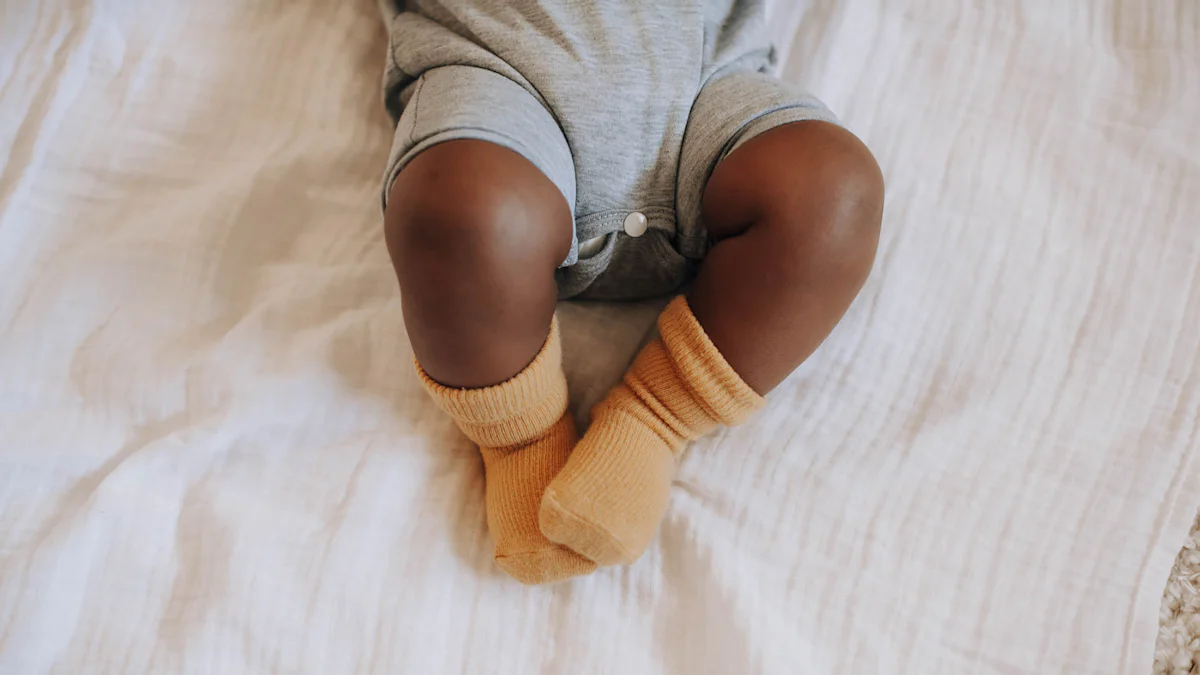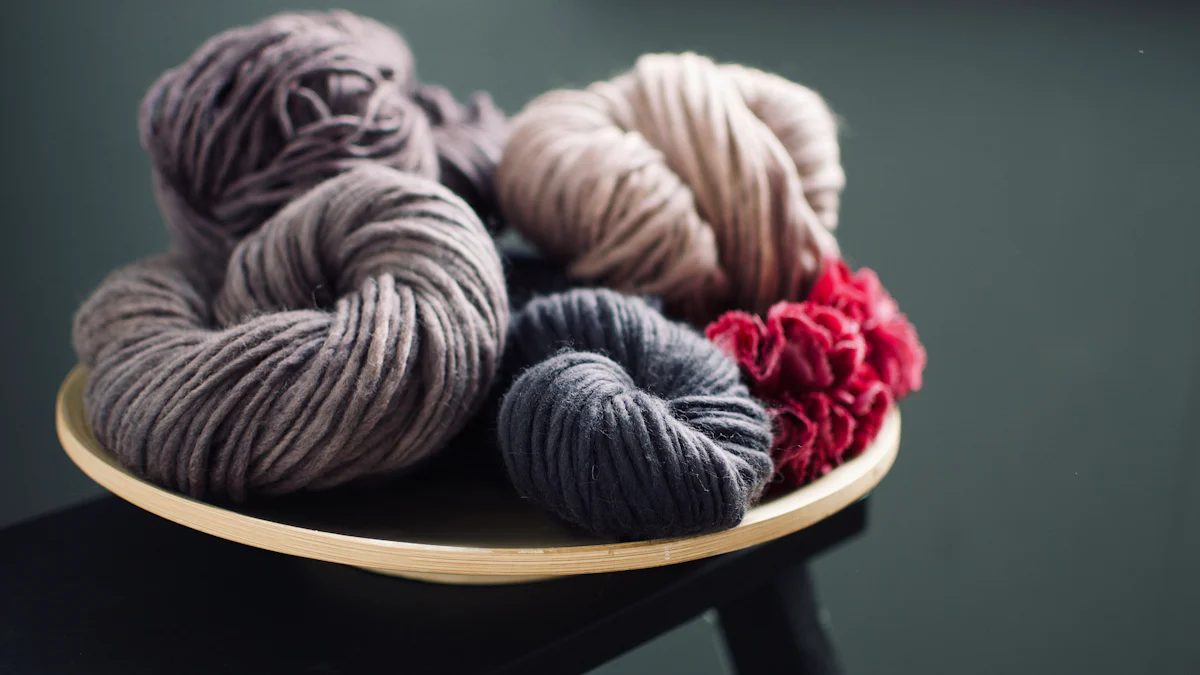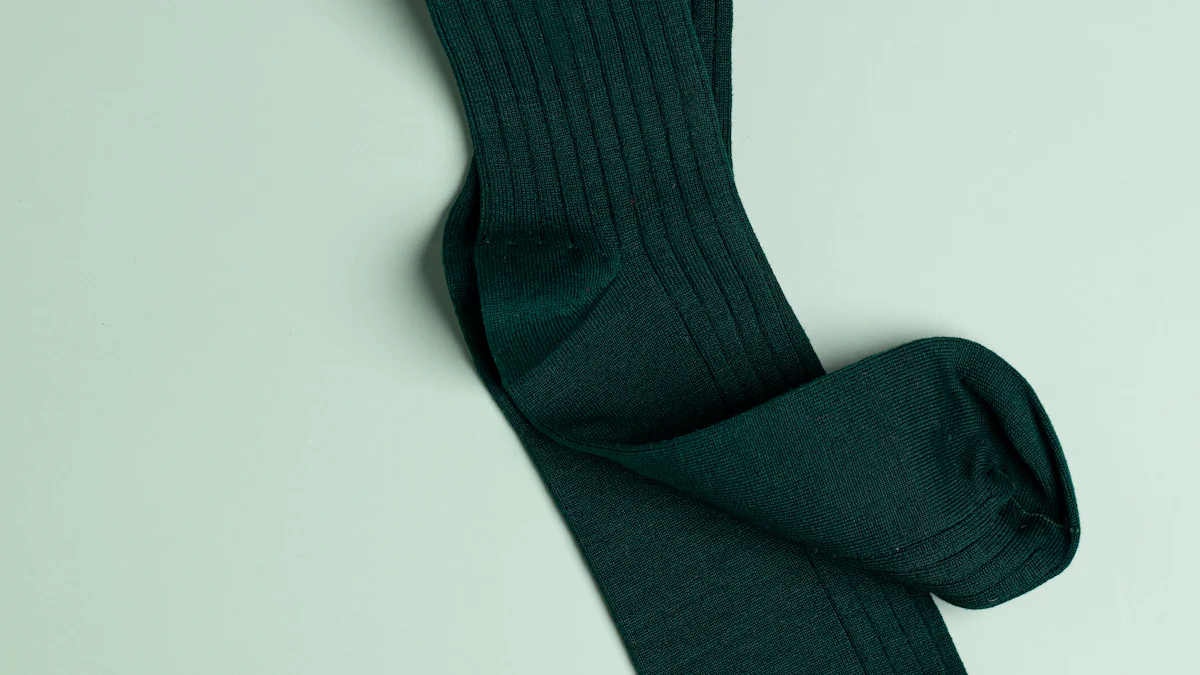
Choosing the right socks for kids matters more than you might think. Good socks keep little feet comfy and healthy. Wool socks, especially children’s wool socks, offer many benefits. Wool keeps feet warm in winter and cool in summer. Wool also wicks away moisture and reduces odor. This blog will dive into why wool socks are a great choice for your kids.
Benefits of Merino Wool

Hypoallergenic Properties
Gentle on sensitive skin
Merino wool feels gentle on sensitive skin. The fine fibers create a smooth texture. This reduces the chance of irritation. Many parents worry about their children’s skin. Merino wool helps ease those worries.
Reduces risk of allergies
Merino wool reduces the risk of allergies. Studies show that merino wool causes fewer skin reactions than synthetic fabrics. The natural composition of merino wool plays a big role. This makes merino wool a safe choice for kids with allergies.
Durability
Long-lasting material
Merino wool lasts a long time. The fibers are strong and resilient. Kids can be tough on their clothes. Merino wool stands up to the challenge. You won’t need to replace these socks often.
Resistant to wear and tear
Merino wool resists wear and tear. The material holds up well against daily use. Kids run, jump, and play hard. Merino wool socks keep their shape and integrity. This means fewer holes and less fraying.
Comfort
Soft texture
Merino wool feels soft to the touch. The fine fibers create a plush feel. Kids love the comfort of these socks. No one wants itchy or scratchy socks. Merino wool provides a cozy experience.
Non-itchy feel
Merino wool doesn’t itch. The fibers are much finer than regular wool. This eliminates the scratchy feeling. Kids can wear these socks all day without discomfort. Happy feet make for happy kids.
Temperature-Regulating Abilities
Keeps feet warm in winter
Merino wool excels at keeping feet warm during winter. The fibers trap heat efficiently. This creates a cozy environment for your child’s feet. Cold weather can be harsh, but merino wool provides excellent insulation. Your child will stay comfortable even on the chilliest days.
Cool in summer
Merino wool also keeps feet cool in summer. The fibers allow air to circulate. This helps regulate temperature and prevents overheating. Sweaty feet can lead to discomfort and odor. Merino wool wicks away moisture, keeping feet dry and cool. Your child can enjoy outdoor activities without feeling too hot.
Features to Look for in Children’s Wool Socks
Moisture-Wicking Ability
Keeps feet dry
Children’s wool socks should keep feet dry. Merino wool excels at this. The fibers absorb moisture and release it as vapor. This process keeps feet dry even during active play. Dry feet mean fewer blisters and less discomfort.
Prevents odor
Merino wool also prevents odor. The natural fibers inhibit bacterial growth. Bacteria cause bad smells. By keeping bacteria at bay, merino wool ensures fresh-smelling socks. Kids can play all day without worrying about stinky feet.
Breathability
Allows air circulation
Breathability is crucial for children’s wool socks. Merino wool allows air to circulate freely. This airflow helps regulate temperature. Feet stay comfortable in various conditions. Whether it’s hot or cold, breathable socks make a difference.
Prevents overheating
Preventing overheating is another key feature. Merino wool excels in this area. The fibers manage moisture and temperature effectively. This keeps feet cool in the summer. Overheating can lead to discomfort and sweat. Merino wool helps avoid these issues.
Ability to Maintain Shape
Retains form after washing
Children’s wool socks must retain their shape after washing. Merino wool has excellent shape retention. The fibers spring back to their original form. This means the socks won’t stretch out or sag. Consistent shape ensures a snug fit every time.
Stays snug on feet
A snug fit is essential for comfort. Merino wool socks stay snug on feet. The material adapts to the foot’s shape. This prevents slipping and bunching. Kids can run and play without adjusting their socks constantly.
Comparison of 100% Wool Socks vs. Blended Socks

100% Wool Socks
Pros
100% wool socks offer superior warmth. The natural fibers trap heat efficiently, making them perfect for cold weather. Wool can hold a third of its weight in moisture while still insulating, keeping feet warm even when wet. These socks wick away moisture, ensuring dry and comfortable feet.
Wool socks are naturally hypoallergenic. The fibers reduce the risk of skin irritation and allergies. This makes them an excellent choice for children with sensitive skin.
Durability is another strong point. Wool fibers are resilient and long-lasting. Kids can play hard without wearing out these socks quickly.
Cons
100% wool socks may feel less stretchy. The lack of synthetic fibers can make them less flexible, which might affect the fit. Some kids might find them too snug or restrictive.
These socks may also wear out faster. Pure wool can be less resistant to wear and tear compared to blended options. Frequent washing might lead to quicker deterioration.
Cost can be a factor. High-quality wool socks often come with a higher price tag. Parents might find them more expensive than blended alternatives.
Blended Socks
Pros
Blended socks combine wool with synthetic fibers. This mix offers a balance of comfort and durability. The addition of materials like nylon or polyester enhances elasticity. This results in a better fit and more flexibility.
These socks dry faster. Synthetic fibers help in quick moisture evaporation. This feature is ideal for active kids who sweat a lot.
Blended socks are often more affordable. The combination of materials reduces the overall cost. Parents can find high-quality options without breaking the bank.
Cons
Blended socks may not offer the same level of warmth. The presence of synthetic fibers can reduce the insulating properties of wool. These socks might not be as effective in extremely cold conditions.
The hypoallergenic benefits decrease. Synthetic materials can sometimes cause skin irritation. Children with sensitive skin might experience discomfort.
Durability can be a mixed bag. While synthetic fibers add strength, they can also wear out differently. The blend might not last as long as pure wool in some cases.
Choosing between 100% wool and blended socks depends on your child’s needs. Consider factors like warmth, durability, and cost. Both options have their unique benefits and drawbacks.
Practical Tips for Choosing the Best Children’s Wool Socks
Based on Child’s Activities
Active play
Kids who love active play need socks that can keep up. Look for wool socks with reinforced heels and toes. These areas face the most wear and tear. Reinforcement helps the socks last longer. Also, choose socks with good elasticity. Elasticity ensures a snug fit during running and jumping. Merino wool blends often provide extra stretch. This makes them ideal for active kids.
Casual wear
For casual wear, comfort takes center stage. Choose socks with a soft texture. Merino wool offers a plush feel that kids will love. Breathability is also key. Wool socks should allow air to circulate. This keeps feet comfortable throughout the day. Opt for socks with a simple design. Simple designs are easy to pair with everyday outfits.
Based on Weather Conditions
Cold climates
Cold climates call for extra warmth. Choose 100% wool socks for maximum insulation. Wool traps heat efficiently. This keeps little feet warm even in freezing temperatures. Look for socks with a thicker weave. Thicker weaves provide better insulation. Ensure the socks cover the ankles. Ankle coverage adds an extra layer of warmth.
Warm climates
Warm climates require breathable socks. Merino wool excels in this area. The fibers allow air to flow freely. This prevents overheating and keeps feet cool. Choose lightweight wool socks. Lightweight options offer better breathability. Moisture-wicking ability is crucial. Wool socks should absorb sweat and keep feet dry.
Choosing the right wool socks for your children matters. Wool socks keep feet warm, dry, and comfortable. Consider factors like hypoallergenic properties, durability, and breathability. Merino wool offers many benefits, making it a top choice for kids.
Think about your child’s activities and weather conditions. For active play, choose socks with reinforced areas. For casual wear, focus on softness and breathability. In cold climates, opt for thicker, 100% wool socks. In warm climates, lightweight merino wool works best.
Happy, comfortable feet lead to happy, active kids. Choose wisely and enjoy the benefits of high-quality wool socks.

